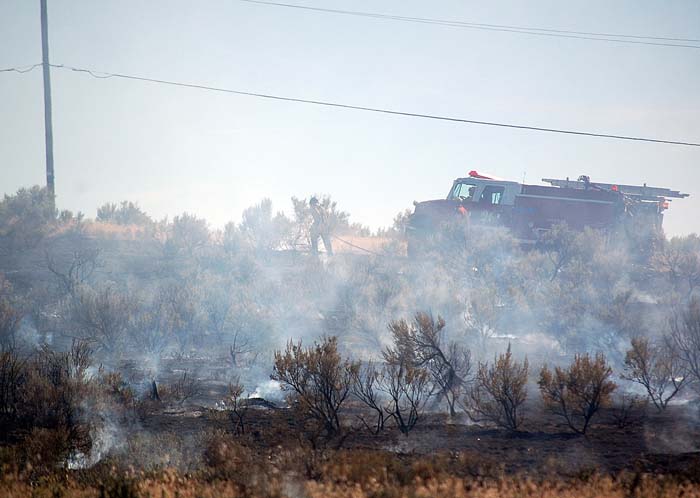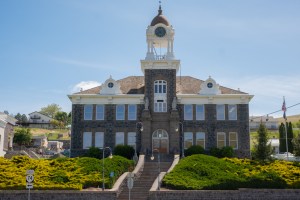When wildfire strikes home, preparation can help
Published 7:44 am Friday, August 3, 2018

- A brush fire burns near neighborhodds on Joy Lane and Alpine Drive, northeast of Hermiston, earlier this year.
Homeowners who lose their homes to wildfire are often covered by insurance, but it helps to know how that insurance works before disaster hits.
Trending
The NW Insurance Council, a trade association of insurance companies in the Pacific Northwest, is recommending that people take a moment this fire season to review their insurance policy and discuss it with their insurance company or agent to make sure they have the right coverage for what they want to cover — particularly if they have recently added on to their home, remodeled or made other changes that could affect their policy.
The same applies to business owners, and even renters can be reimbursed for the loss of their belongings if they have renters insurance.
LuAnne Davison, a State Farm insurance agent in Hermiston, said for stick-built homes, the typical policy is a replacement cost policy that would replace “like kind and quality” that had been previously disclosed to the insurance company. If someone adds a room onto their house and doesn’t update their policy, they could find themselves under-covered if something happens.
Trending
After policy holders are clear on what their policy covers, NW Insurance Council suggests they create a complete “home inventory” documenting their possessions through receipts, photos, videos, contracts and other items stored somewhere that will be accessible after a fire. Adjusters can settle claims more quickly with that documentation.
Davison said people used to fill out inventory booklets listing everything in their home, but these days most people snap photos with their smartphones and store them in the cloud to help substantiate their claims. It also helps jog peoples’ memories about exactly how many shoes, DVDs or plates they own.
“We tell people to open their cupboard doors, open their closets, open their dresser drawers and take pictures,” she said. “A picture is worth $1,000.”
If the worst happens and your home does burn down or get damaged by fire, the sooner you start the claims process the sooner you can get the funds you need. The NW Insurance Council suggests contacting an insurance representative as soon as possible to provide an initial description of the damage and a phone number where you can be reached. Having insurance policy documents on hand is helpful but not required to start a claim.
Most insurance agencies will offer immediate cash to help cover basic living expenses in the aftermath.
When it is safe to do so, take pictures or videos of the damaged property.
“Don’t discard anything that is damaged until it has been examined by your adjuster,” the tips suggest. “You could miss out on coverage for that item.”
The NW Insurance Council warns against paying a significant amount for temporary repairs without first being authorized by the insurance adjuster, because the insurance company might deem the bill “excessive” and not reimburse it.
Davison noted, however, that people do have a responsibility to mitigate damage. If there is a hole in their roof, for example, they’re expected to get that covered as soon as possible to prevent rain from coming in and further damaging the home.
Contractors and subcontractors are extremely busy in the Hermiston area and rates are getting higher, but Davison said if the insurance company’s claims representative and the contractor have different estimates of the cost for repairs, the company will review the reason for the discrepancy.
The best thing people can do is prevent their home from burning down in the first place, she said. People should follow recommendations from fire departments that include things like safe storage of flammable items, clearing brush and tree branches from around homes and properly screening chimneys.









